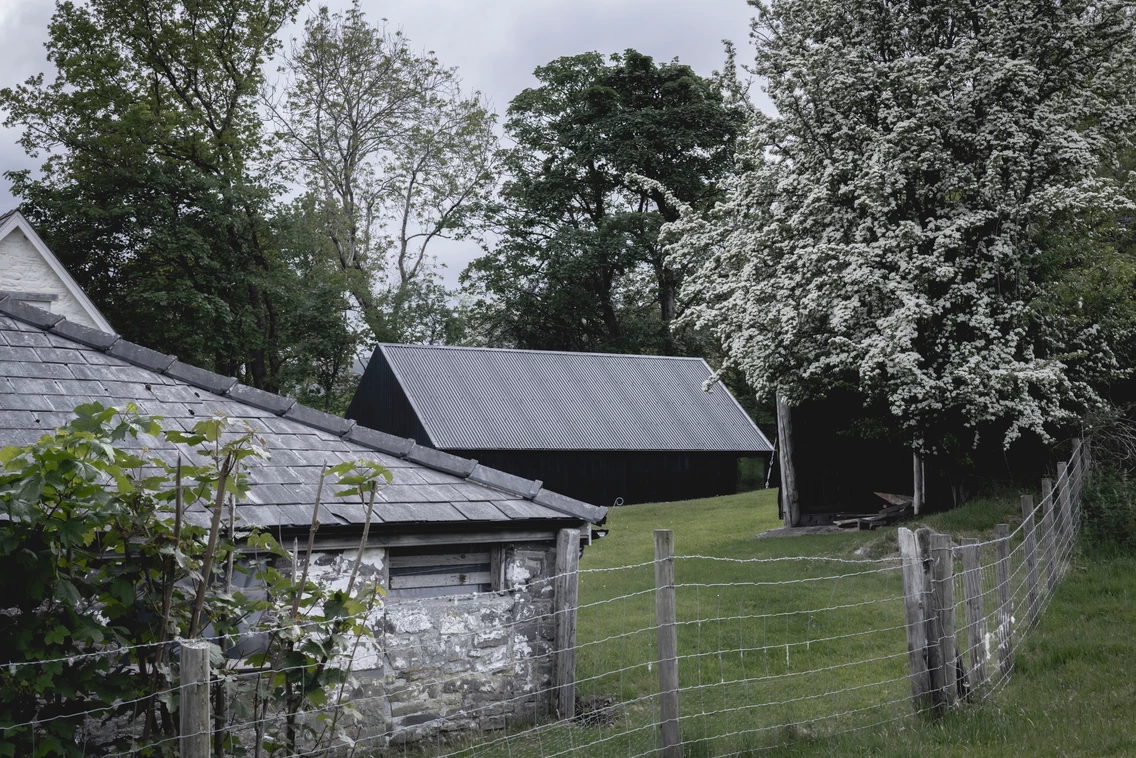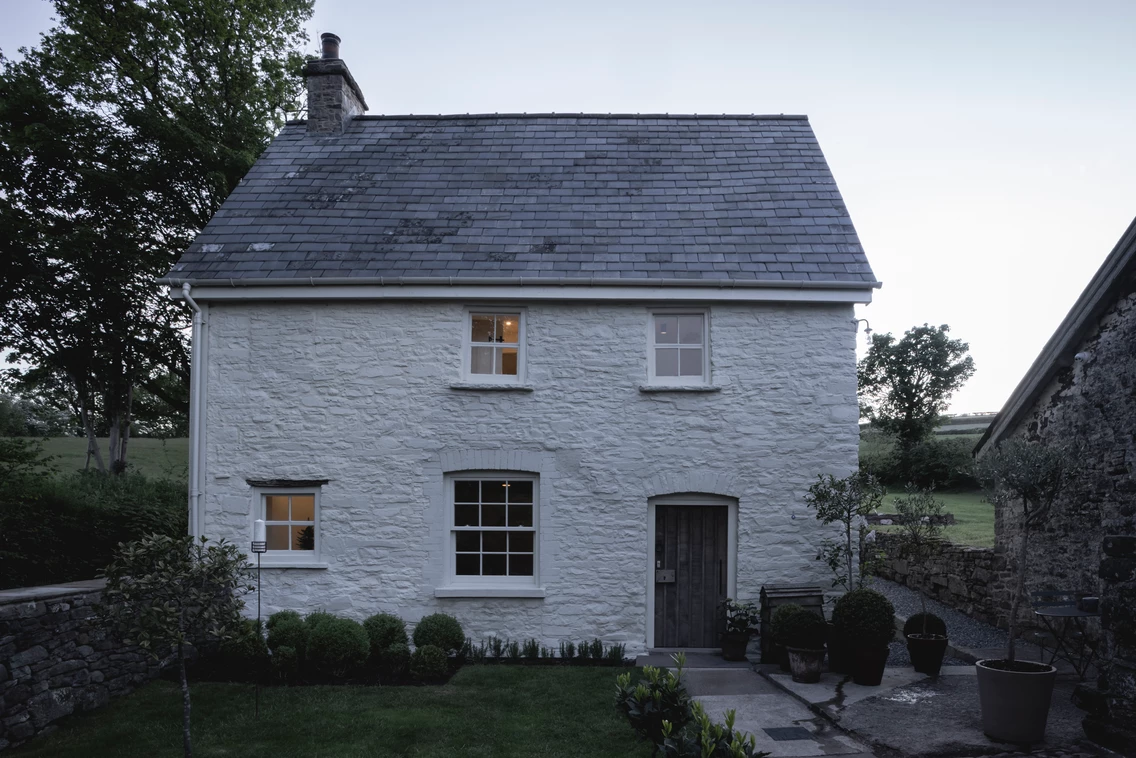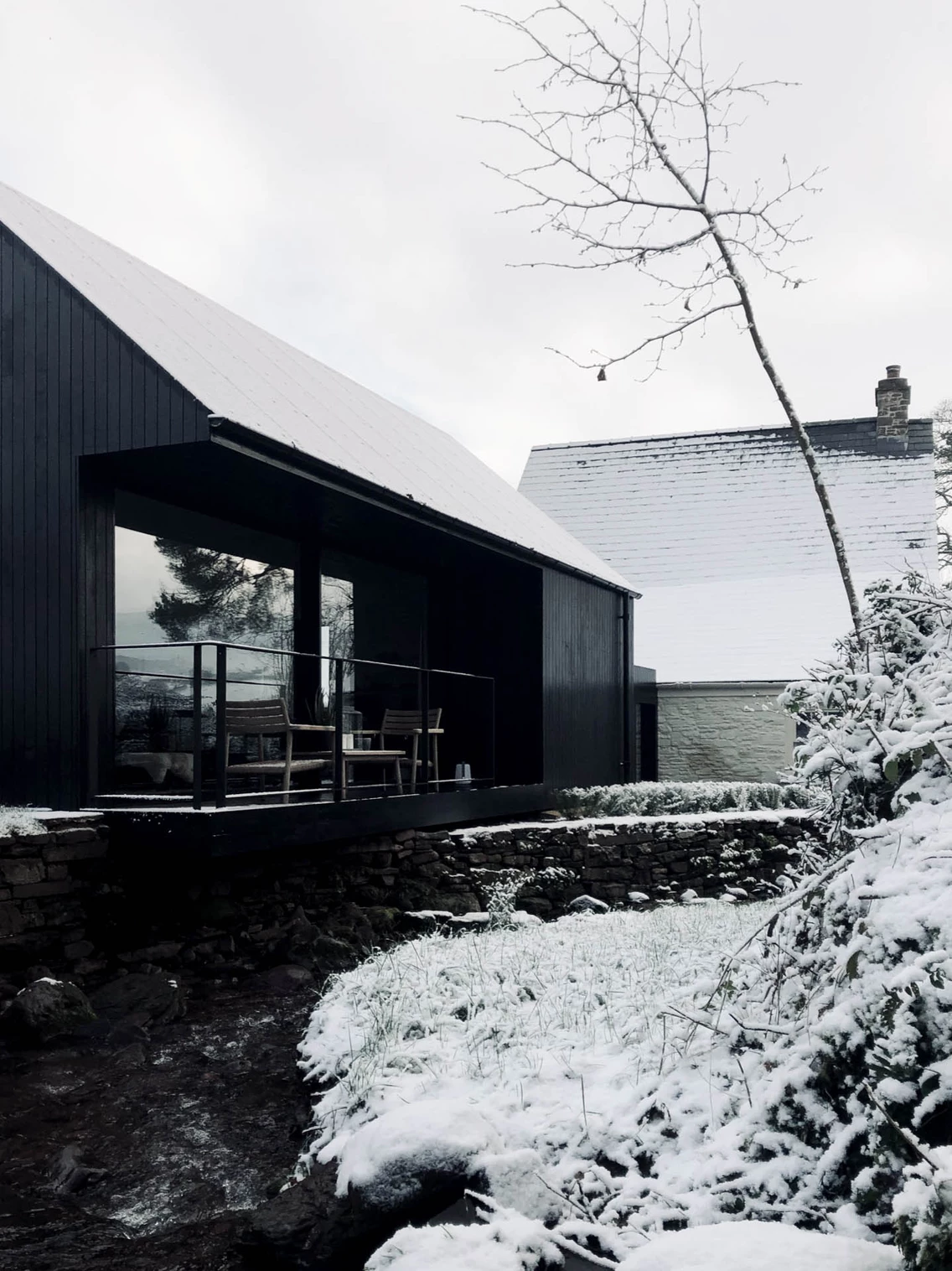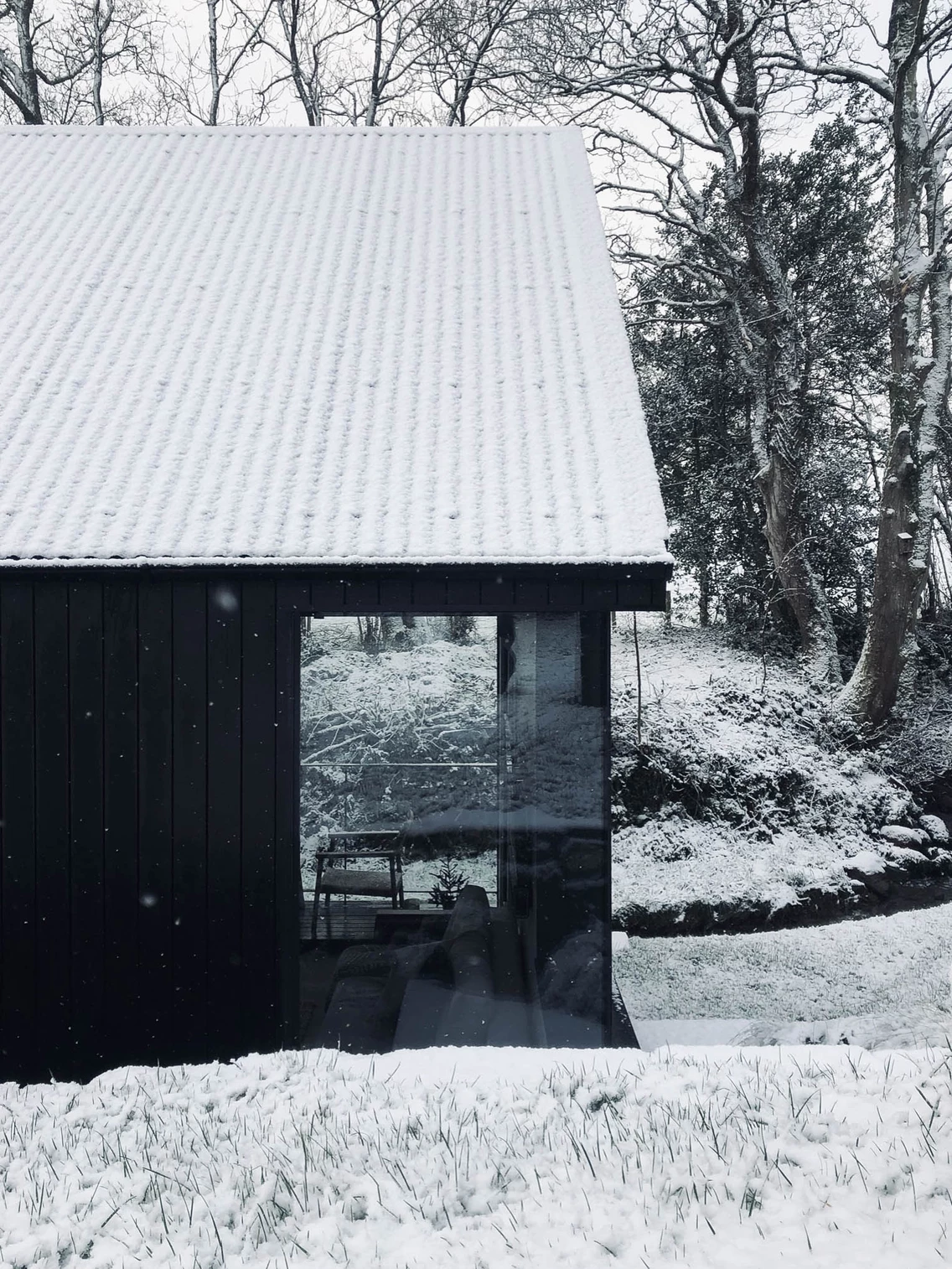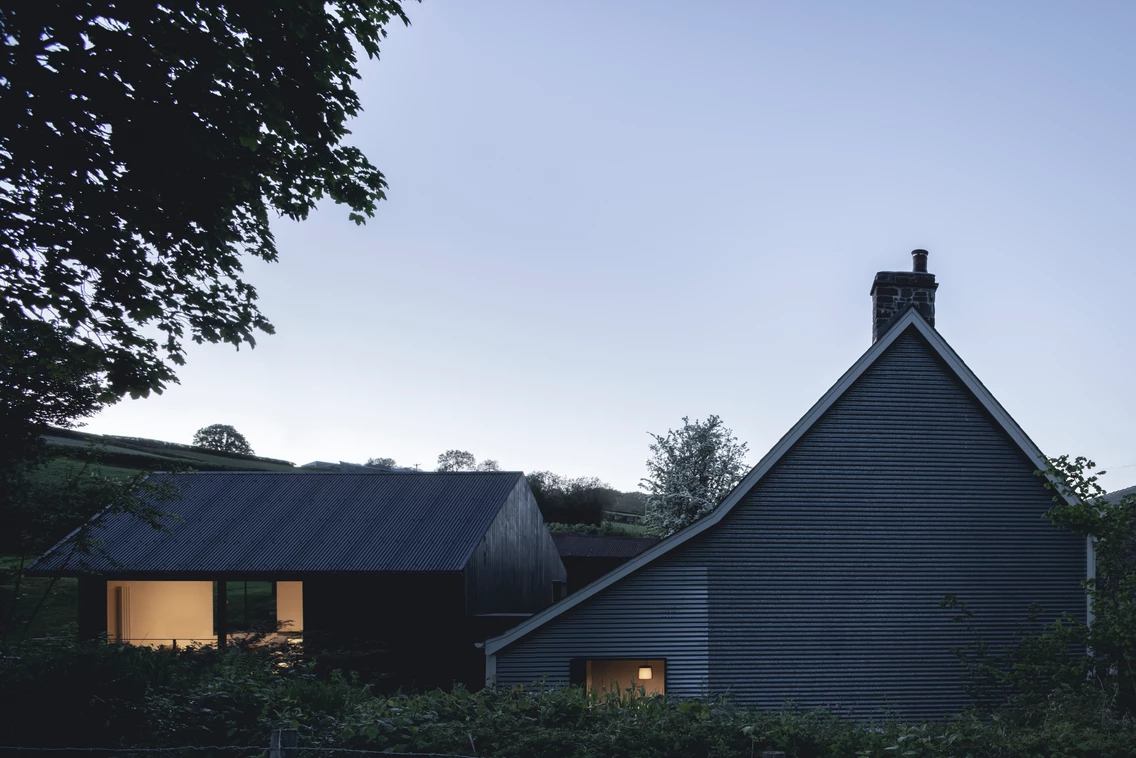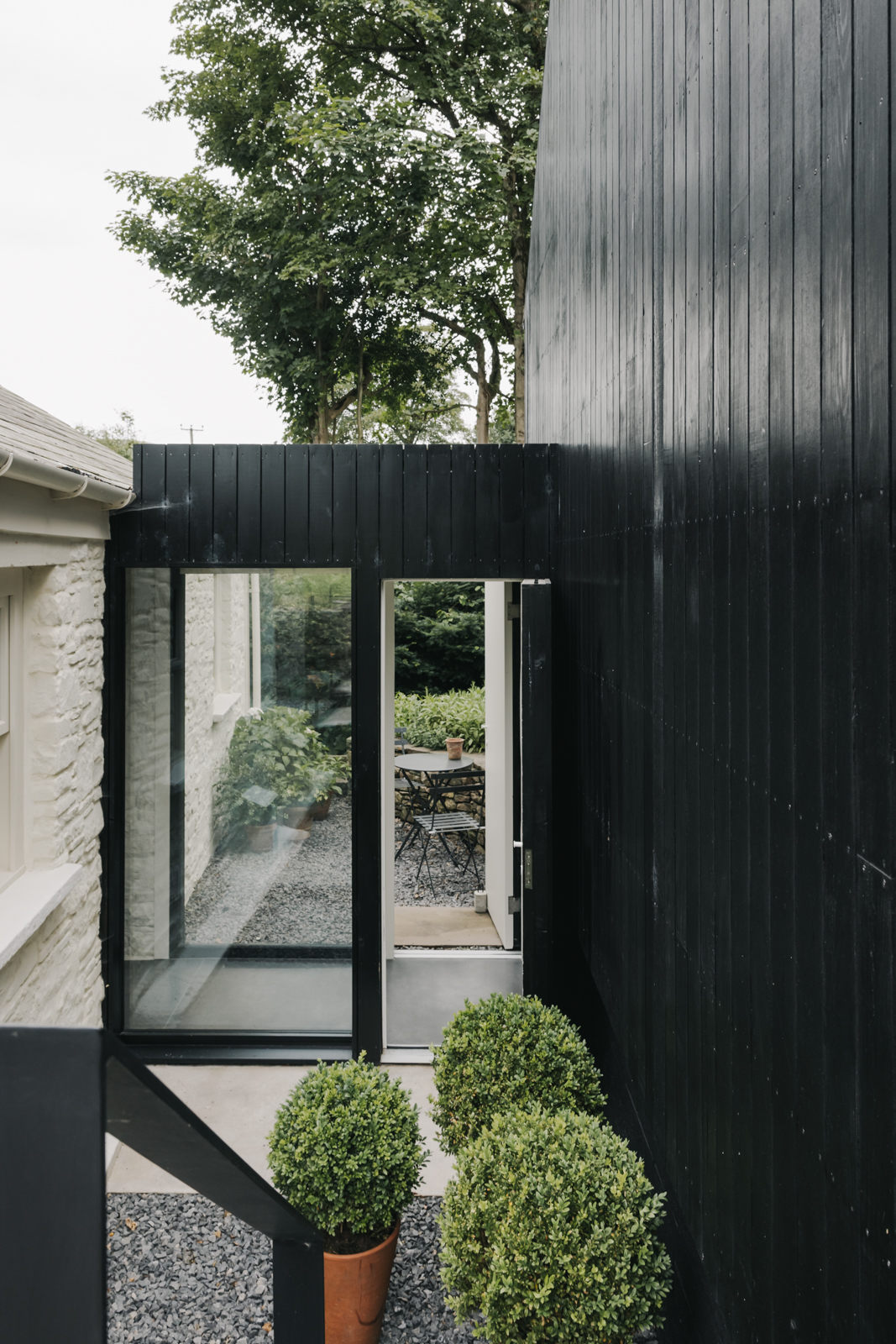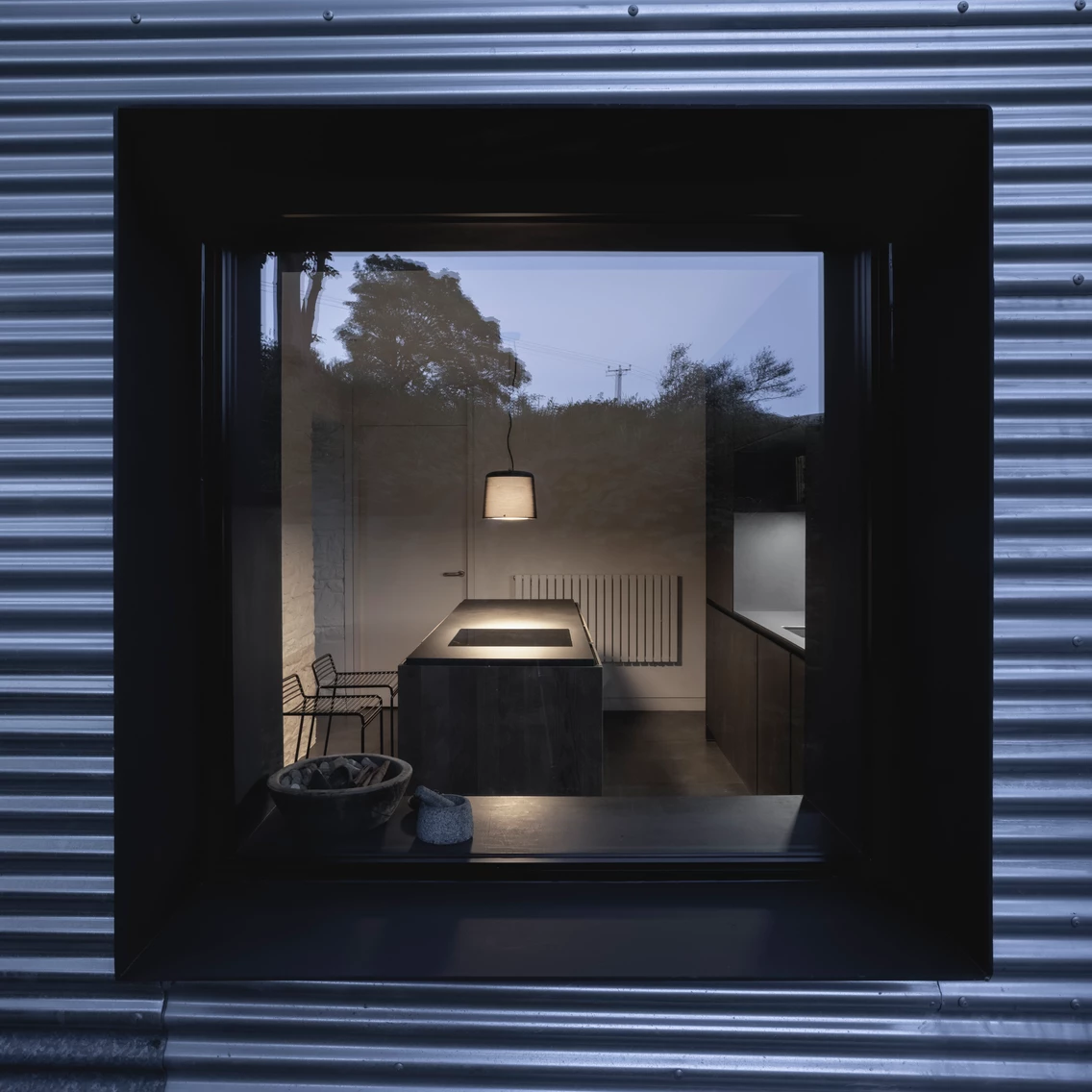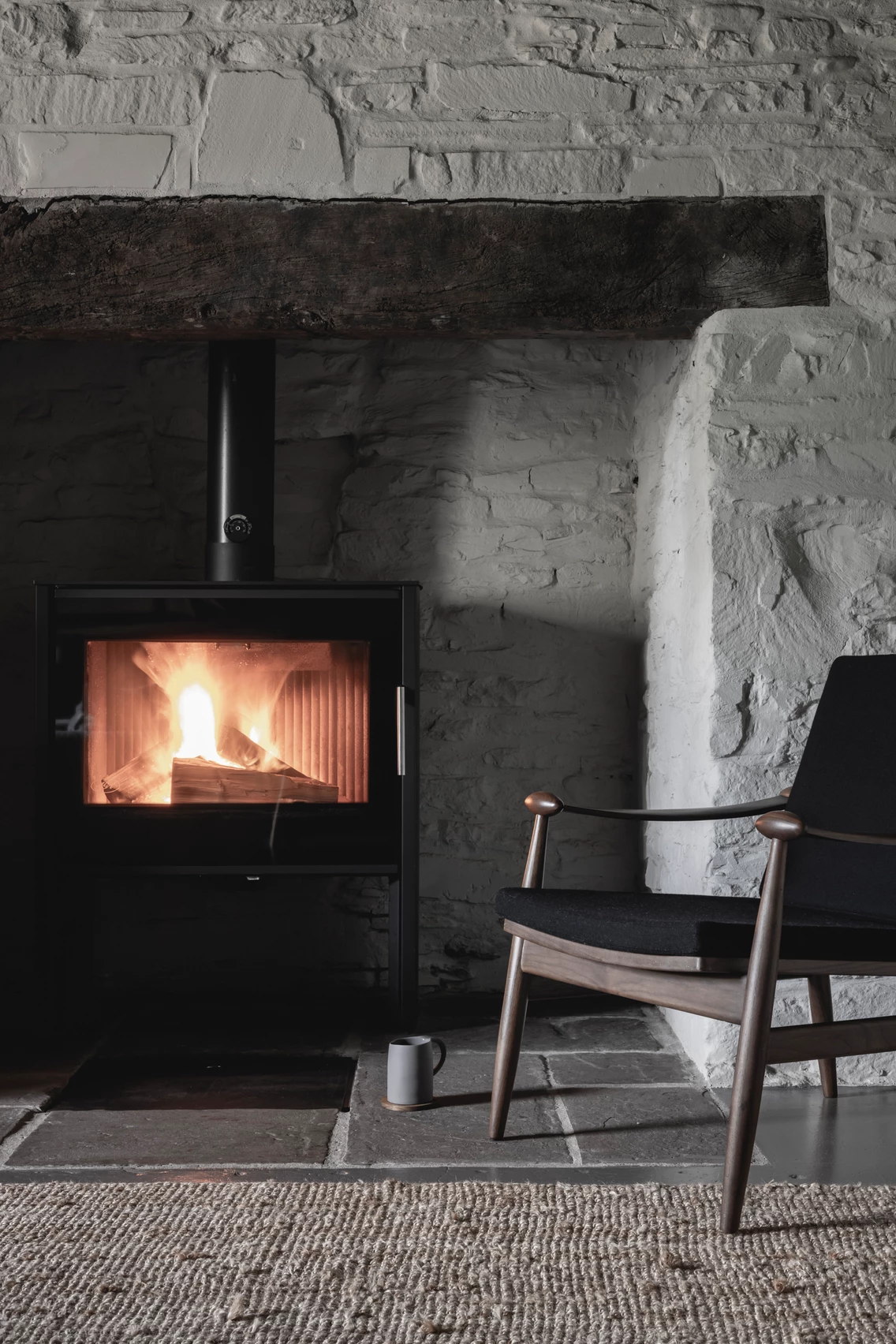
Farmhouse Conversion / Jones Architects Studio
This project involved the restoration of and extension of a historic early 18th-century Welsh farmhouse in the Brecon Beacons National Park.
The original farmhouse footprint was modest, and it was completely derelict internally with inappropriate modifications over the many years with large openings, UPVC windows/doors, and a lean-to extension. It was set in a small river valley surrounded by trees and an overgrown garden.
Architects: Jones Architects Studio
Location: Brecon Beacons National Park, Wales
Photography: Billy Bolton, Jones Architects Studio
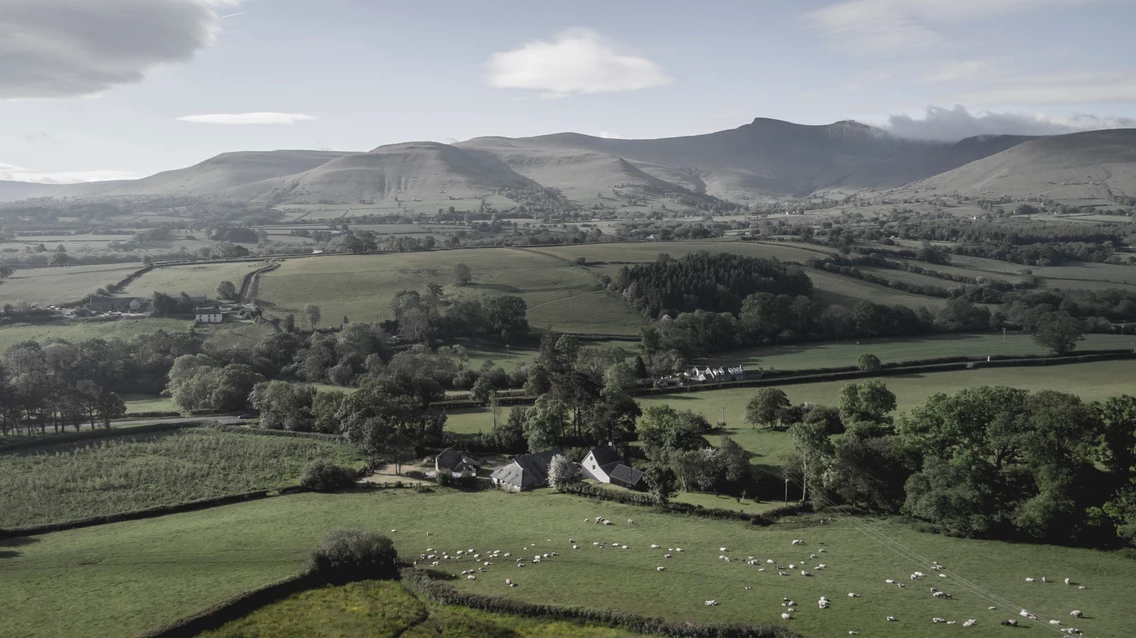

Our approach to the building had to be mindful of the sensitivity surrounding and its historic nature whilst achieving an increase in floor area and a complete refurbishment of the property for the family. There is a clear opportunity to develop the building in two sections: a sensitive restoration of a traditional Welsh farmhouse and a contemporary rear extension.
We secured planning permission to remove the lean-to extension, restore the rear elevation and extend into the garden on the ground floor with a timber link rising to the steel frame timber extension. Externally we designed the extension to fit in with the form of traditional Welsh farms in that it resembles a stand-alone building lightly linked to the stone farm. In contrast to the white lime-washed farmhouse, we stained the timber black to emphasize it. The extension was carefully placed not to disturb the existing garden stone walls and to cantilever over the stream running past the farmhouse with the main south facade facing the mountain peaks of Pen Y Fan and Corn Du.

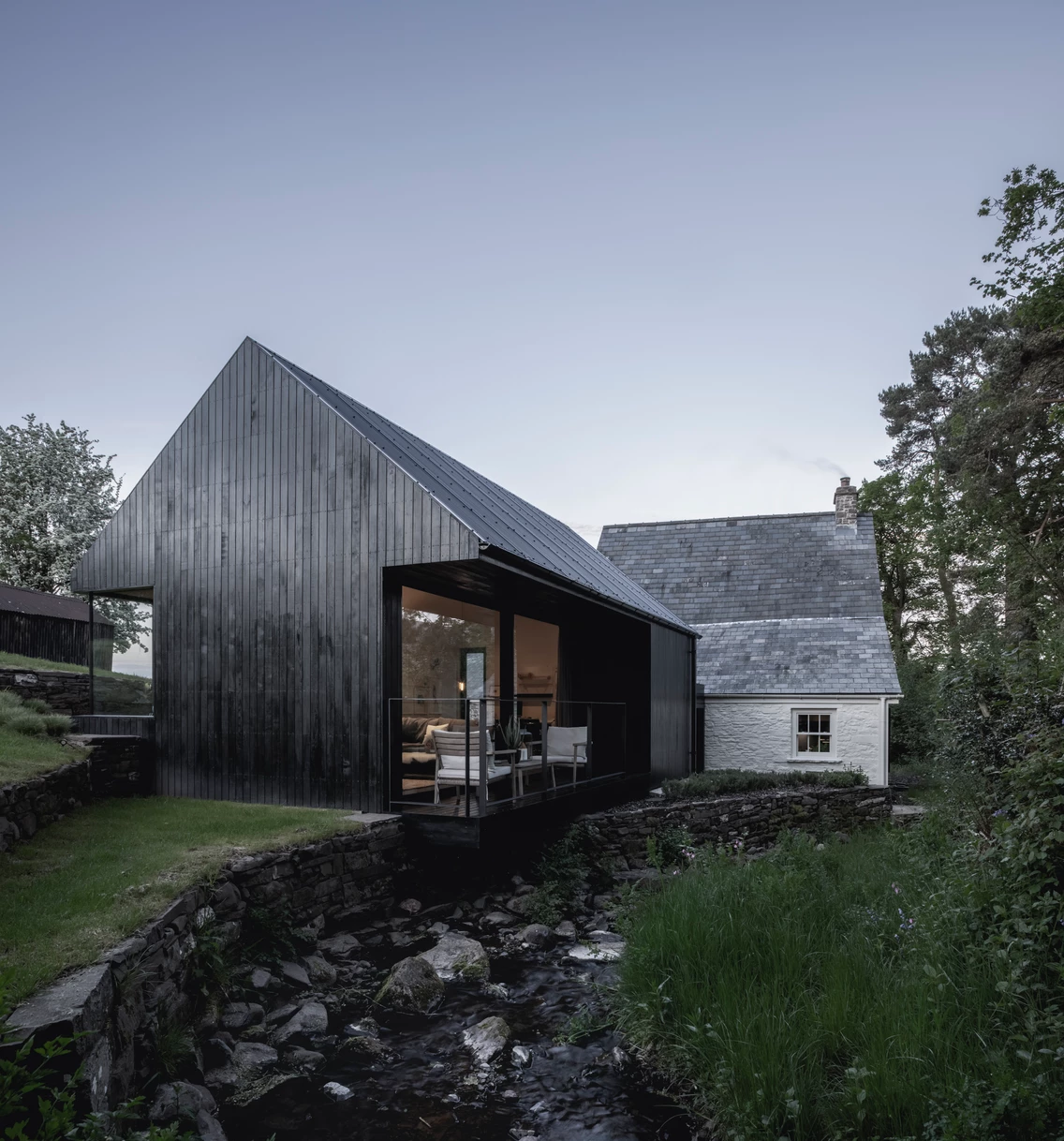
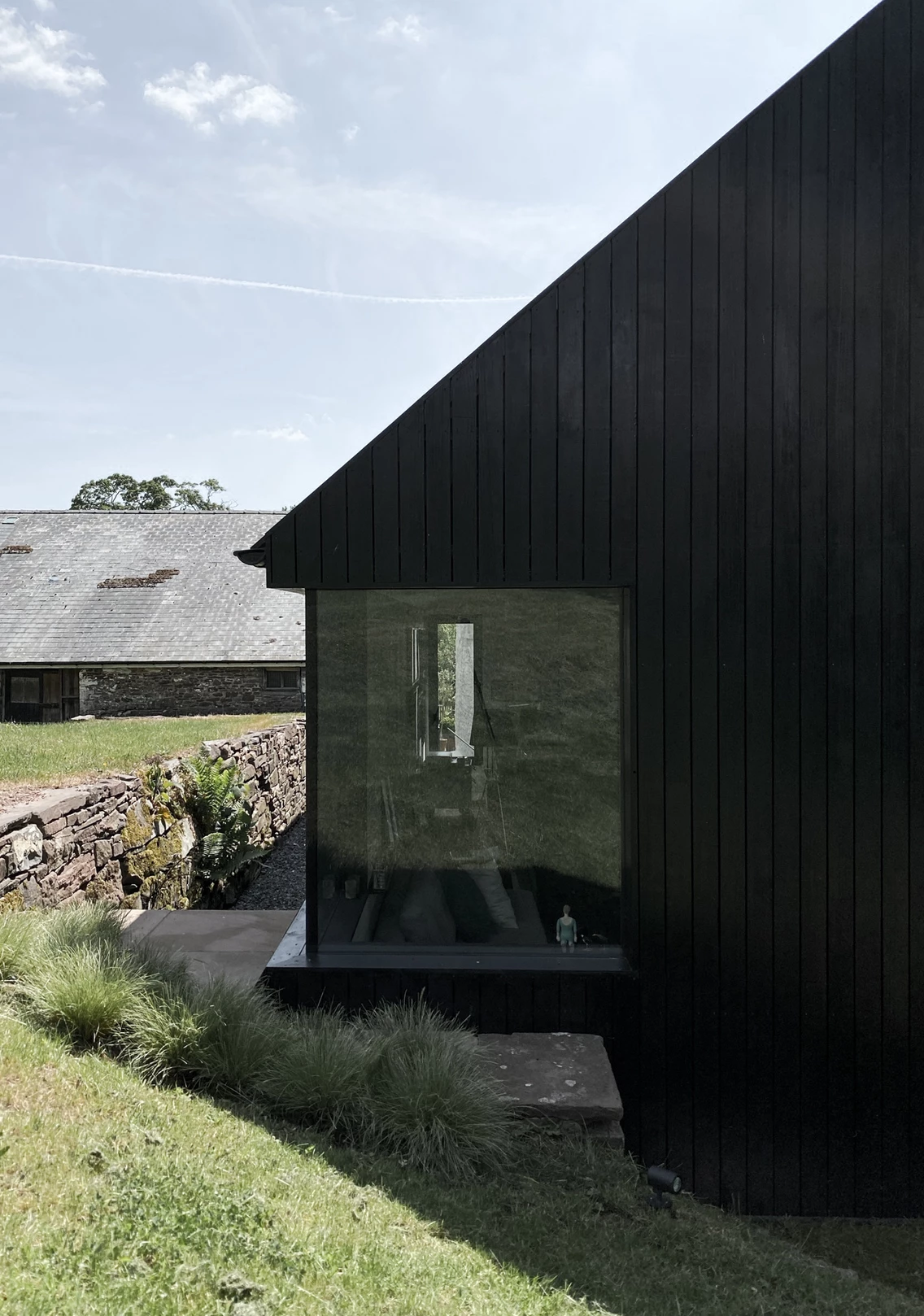

Internally the design philosophy has been to sympathetically restore the existing stone building by removing all the alterations and modifications and reinstalling the oak beams, lime pointing, lime plastering, new sash windows, restoring the internal doors, and using traditional paints. We carefully peeled back the layers of decorations and coverings to the walls and floors, revealing the original fabric of the building as it was in the early 18th century. The condition of some of the plaster and woodwork enabled us to leave these finishes in their raw state, with minimal repair work required. All this allows the building to breathe and provides a visual and textural consistency throughout the interior spaces. Extensive research was carried out in conjunction with St Fagans Natural History Museum in Cardiff. The extension internally is in stark contrast and provides new living and dining areas with large openings facing the mountains and stream. Dark smoked oak on the floors and walls creates a relaxing atmosphere while the windows provide stunning views and a light interior.
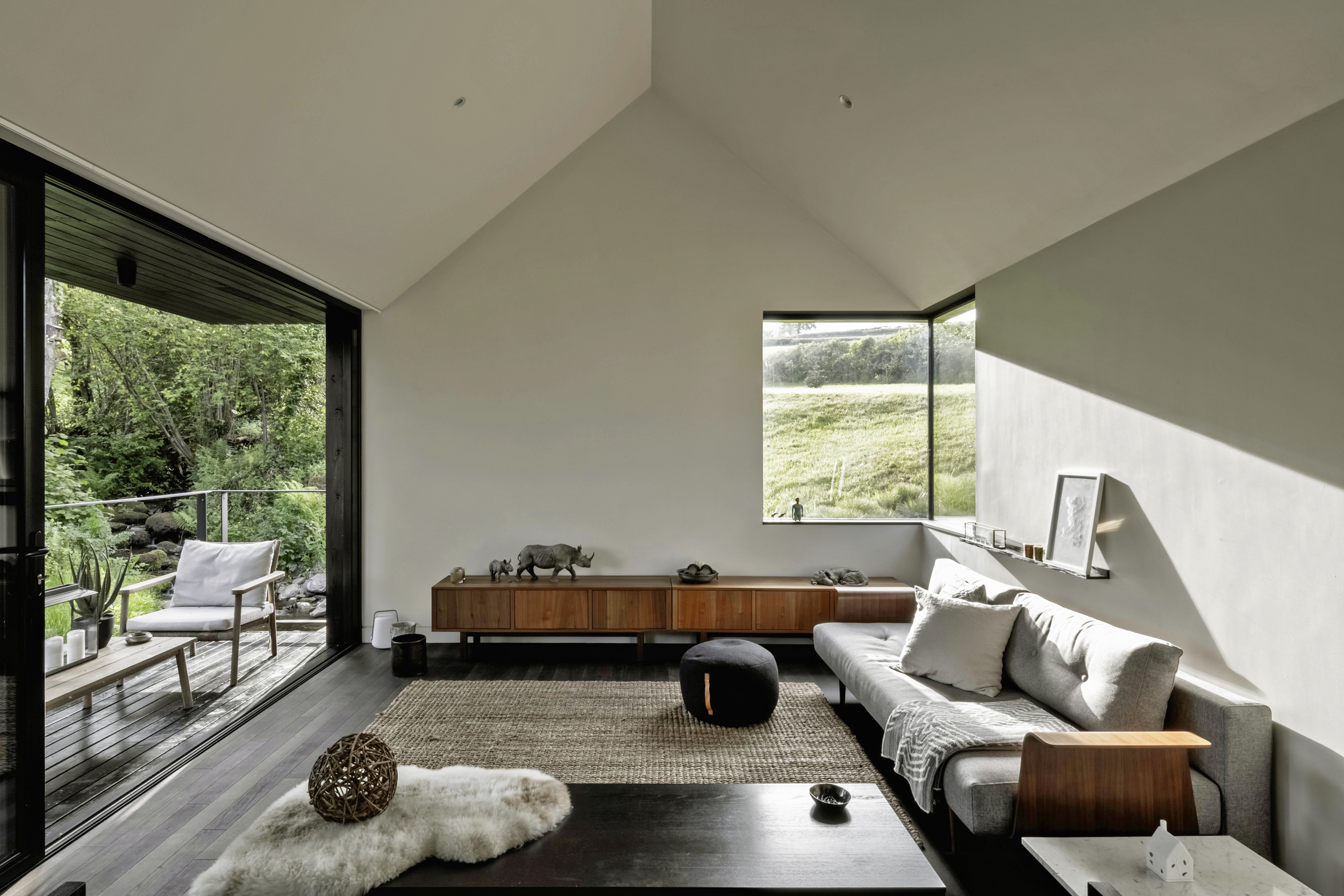
The redeveloped rear of the farmhouse now sits strongly juxtaposed against the restored 18th-century exteriors of the original ‘cottage’. In their own way, both have a strong sense of texture, allowing them to sit happily side-by-side despite the stylistic differences between them; they share certain materiality but give different expressions of atmosphere – two very distinct yet complementary approaches locked in a constant dialogue.
The farmhouse is set within a complex of buildings and surrounded by fields and woodland. In conjunction with the Brecon Beacons, National Park and the Woodland Trust 1750 trees have been planted to increase biodiversity on the site.
